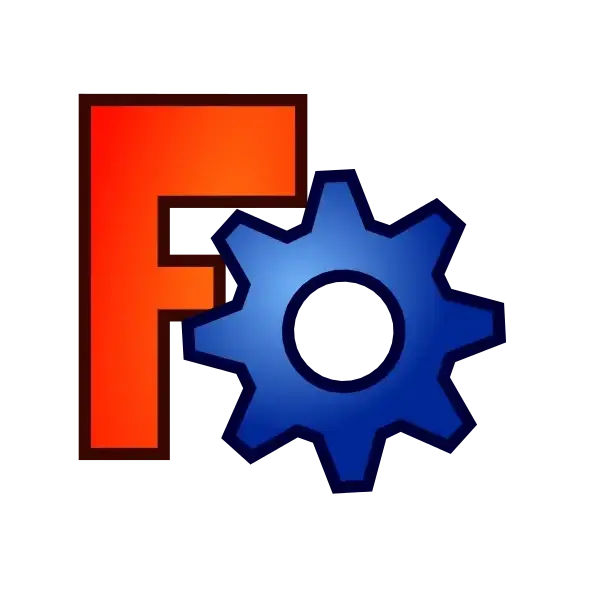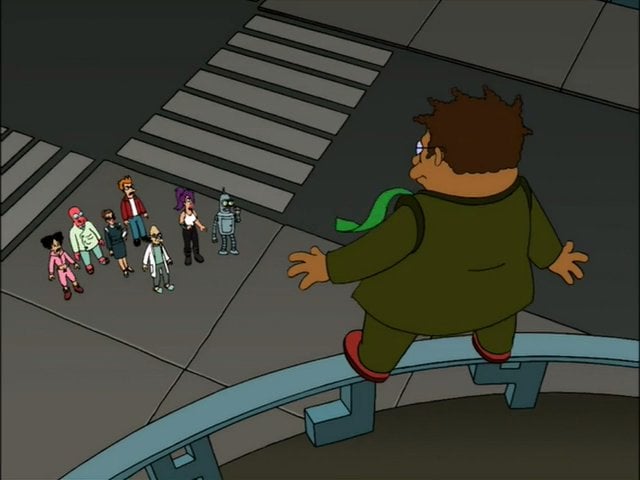

You did it Nibbles! Now chew through my ball sack.
~Only a moron wouldn’t cast his vote for Monty Burns!


You did it Nibbles! Now chew through my ball sack.
In case anyone was scrolling by and is interested the quote is a bit misleading out of context, Marx isn’t saying we should do this, he is more saying that capitalism requires “us” to do this, while telling us if we just stop eating avocado toast we too could become part of the billionaire class. While of course they themselves would never live without these supposed needless things.
Read it in context here Need, Production and Division of Labor, this link is directly to the section the quote is from but in my opinion the formatting isn’t as good.


It sounds like you are looking for more of a pattern designing tool. There are open source projects that might be more suited to this than freeCAD. Try searching online for “open source textile pattern software”
I can’t vouch for this program/project as I am not involved nor have I used it; but Velentina sounds like it is capable of doing what you mentioned.
The sketchers in freeCAD can be used to draw and constrain the patterns, and then print them to scale and cut them out to see how it works.
(Note I have not tried to print to scale from freeCAD specifically but I would imagine it is more then capable of doing so assuming your sketches are smaller then the paper you are printing on)
Of course freeCAD can be used to do the physical modeling but I am unaware of any tools that would specifically assist you for textile pattern designs. The closest tool that I am aware of is the sheet metal workbench.
Hopefully this was helpful.
Someone else might be able to suggest a freeCAD specific solution but this might help get you started.


That will learn him to bust my tomater.


Well the republicans take over, you will have to pay for all weather data. These apps are just ahead of their time.
Maybe I am wrong or my understanding is oversimplified. But the way I understand it is that when you add a dependency to your cargo.toml file, when you run the build rust is going to cargo and downloading those dependencies you added for you and stores the dependencies with project files.
Then when you rebuild it is checking cargo to see if there is a later version and will update according to how you specified the version in the cargo.toml file.
So you are using cargo. it’s basically just automated, so you don’t have to manually interact with cargo the same way you do with pip.


This page has cheat sheets for a variety of languages. Quickref.me


Didn’t he already do this song? No, that was the trading gap, this is about the budget gap.
It depends on how fancy of a website you are trying to make. But check out something like Hugo or Jekyll. I haven’t used Jekyll personally but have used Hugo. There are plenty of templates to get you started depending the type of content you are planning on putting up.
And the best part is you can host the site for free on GitHub or Gitlab, so the domain name is the only cost.


Schools will be closed through the end of the week, the superintendent said.
Only in America can 2 of your teachers and 2 of your classmates be shot dead. And they are like we are only giving you 2 days off while we clean this up, but hey we will be ready to go Monday.
I guess along with those active shooter drills they also got an active shooter cleanup plan.


The thing that I don’t understand about self driving is the need for it to be this high tech super computer thing.
Especially in the case of a tunnel why not just have it drive on a wire like robots and fork trucks in factories do currently.
Outside of the system to track the wire all you need are the sensors which a lot of new cars already have for keeping distance with variable cruise control and automatic braking.
Or hell it’s a tunnel just make it a conveyor belt like the car wash.
Or i don’t know, maybe some sort of electric underground tram system. You can even give it a fancy sci-fi name like “rapid subterranean transit system.”


Wait a minute you little punk. Eat my shorts is in the fifth race.


Hump and Dewlap!


Do a flip!



What do you have to show for a lifetime of sloth and ignorance. A dream house, two cars, and a beautiful wife… lobsters for dinner!


Image Text
BRACKEYS
Hello everyone!
It’s been a while. I hope you are all well.
Unity has recently taken some actions to change their pricing policy that I - like most of the community - do not condone in any way.
I have been using Unity for more than 10 years and the product has been very important to me. However, Unity is a public company. Unfortunately that means that it has to serve shareholder interests. Sometimes those interests align with what is best for the developers and sometimes they do not. While this has been the case for a while, these recent developments have made it increasingly clear.
Unity has pulled back on the first version of their new pricing policy and made some changes to make it less harmful to small studios, but it is important to remember that the realities of a public company are not going to change.
Luckily, there are other ways of structuring the development of software. Instead of a company owning and controlling software with a private code base, software can be open source (with a public code base that anyone can contribute to) and publicly owned. Blender - a stable 3D modelling software in the game dev community - is free and open source. In fact some of the largest and most advanced software in the world is built on top of open source technology like Linux.
The purpose of this post is not to denounce Unity because of a misstep, to criticise any of its employees or to tell anyone to “jump ship”. Instead I want to highlight the systematic issue of organizing large software projects under a public company and to let you know that there are alternatives.
I believe that the way to a stronger and more healthy game dev community is through software created by the community for the community. Software that is open source, democratically owned and community funded.
Many of you have been asking for us to produce new tutorial series on alternative engines such as Godot, which is currently the most advanced open source and community funded game engine. I don’t know yet if this is something that we can realise and when.
I can only say that I have started learning Godot.
Best of luck to all of you with your games, no matter what engine they might be built on!
Sincerely,
Asbjern Thirslund - Brackeys
No it says right here school bus!
Well there’s nothing scarier then go to school.